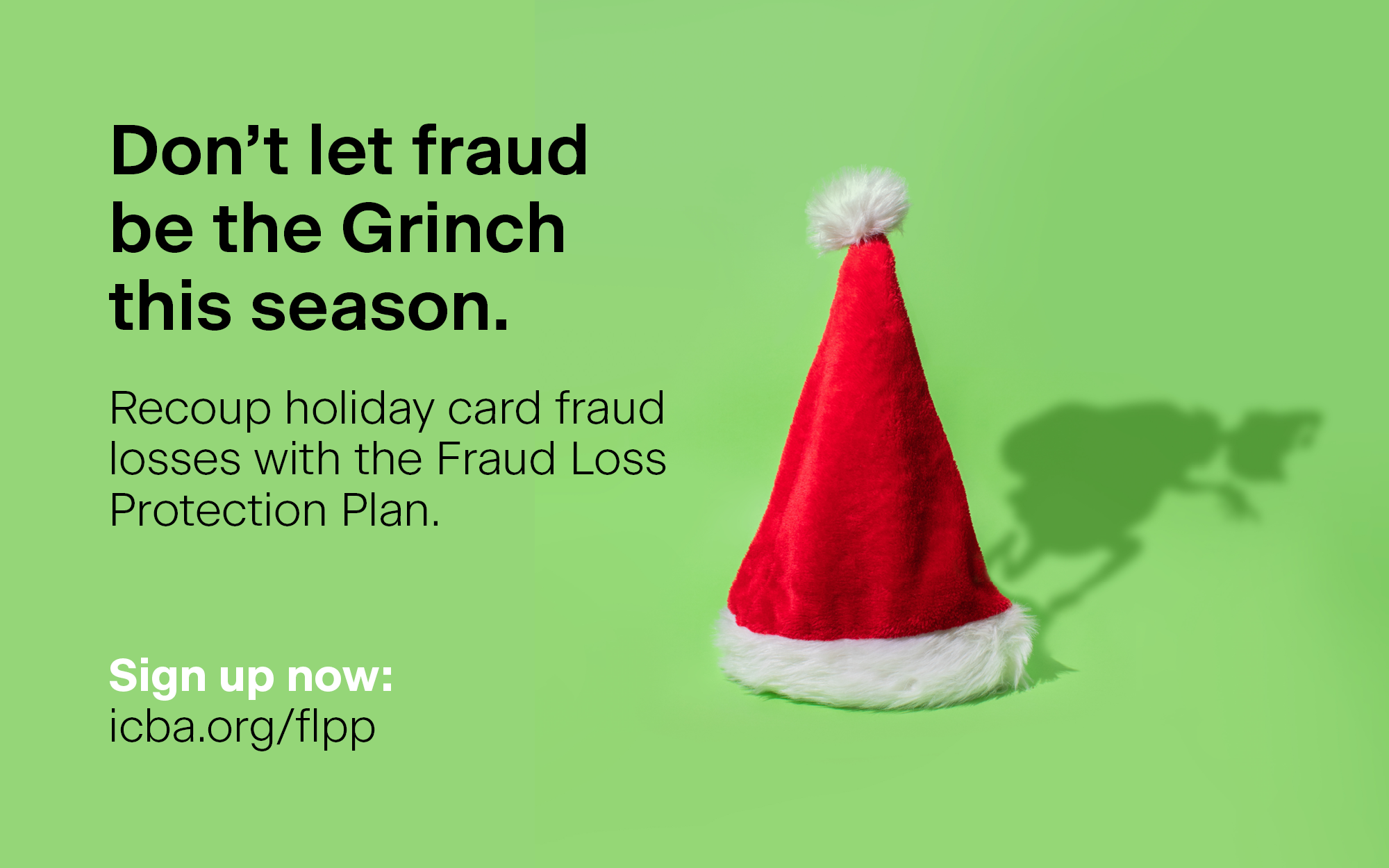Certificates of deposit are nothing new, but these products’ reputation for reliability is leading some community banks to reposition and market them more competitively.
Why Community Banks Are Revamping Their CD Strategies
August 01, 2025 / By Susan Thomas
Certificates of deposit are nothing new, but these products’ reputation for reliability is leading some community banks to reposition and market them more competitively.
Back in the early 1800s, when banks in the United States first started offering certificates of deposit (CDs), customers would receive ornate paper certificates as proof of deposit. Today, CDs are digitalized, but they remain popular—largely due to their reputation as one of the soundest financial vehicles available.
John Blizzard, president and CEO of $960 million-asset Seattle Bank in Seattle, says CDs “became new again” when interest rates jumped in 2023. “The [savvy] CD saver is a huge, underserved customer base,” he says.
CDs require customers to lock their money away for anywhere from one month to multiple years, and there’s a penalty for early withdrawals. But with their guaranteed rate of return and FDIC backing, they provide Americans with a safe haven for their money. And community banks are leaning in to these attractions.
Seattle Bank sees so much potential in this product that it created CD Valet, an online marketplace where consumers can compare rates from community financial institutions across the country. And other community banks are finding new ways to market these products and unlock new business.
CD education is key
A large part of marketing CDs is educating customers—particularly younger ones—on their value, particularly the higher interest rates they can earn in comparison with standard savings accounts.
Part of this education is that interest rates change over time. About 40 years ago, for example, the annual percentage yield (APY) on a one-year CD was over 11%. Then, in the aftermath of the 2008–2009 recession, average rates on shorter-term CDs plummeted to below 1% APY. Today, with the Federal Reserve raising its benchmark rates 11 times in 2022 and 2023, rates have climbed back up to competitive yields.
Such historic ups and downs have left a knowledge gap for customers. To address this, Blizzard recommends educating younger savers and reeducating established investors who could have savings stagnating in low-earning accounts, unaware of higher interest-earning CDs.
Quick Stat
2.03%
The average APY for a one-year CD term, as of July 15, 2025
Source: Bankrate
Marketing competitively
Big national banks’ products may dominate online spaces due to their larger advertising budgets, but community banks know how to market to their existing and potential customers.
“Current interest rates, yield curve and demand for liquidity has created an environment where pricing on CDs is more favorable to other products and is driving customer selection,” says William Loving, CEO of $782 million-asset Pendleton Community Bank (PCB) in Franklin, West Virginia.
Loving says his community bank has focused on promoting competitive short-term CD specials in its markets to both draw attention from prospective customers and retain current customers.
“We promote our specials both digitally and in branch,” he says, “and we train our team members to be proactive in cross-selling the product specials to customers who may have deposits at other institutions or those looking to earn a higher return on their current deposits.”
Blizzard has a similar perspective. “When leveraged and marketed strategically, CDs can be an effective tool for attracting high-value savers,” he says. “And after the CD is secured, banks have months to engage that consumer and retain the relationship.”
He adds that Seattle Bank has a retention rate of about 70% with CDs, and his organization can often bring CD customers into a full banking relationship.
“The banks that are intentional around pricing and marketing CDs have a strong opportunity to attract new depositors both locally and nationally, and then win them over with outstanding service.”—John Blizzard, Seattle Bank
Personal service always wins
Community Bank Mankato in Mankato, Minnesota, is one of a surprisingly large number of financial institutions competing for customers in its relatively small market; Mankato is a city of just under 50,000 people. Mike Ogaard, COO of the $550 million-asset community bank, says they win on customer service.
“Our market has rates similar or higher than the national market,” he says. “The key for us is the customer contact we provide. Our personal and business bankers are proactive on CD renewals, and that contributes to our high retention rate. Service over rate—we do not have to be the highest in the market.”
The personal touch matters well after the CD has been opened. “We encourage our staff to contact customers before their CD matures to see what they would want to do when the dollars come due,” says Ogaard.
He adds that managers work with staff to ensure they are comfortable having CD conversations with customers. “This has been beneficial in retaining and growing deposit relationships,” he says. As a local bank, simply getting customers into Community Bank Mankato’s facilities is beneficial, because they immediately see how well they are treated.
Be proactive in marketing CDs
Despite their somewhat staid reputation, CDs are not a product where community banks can just sit back and wait for customers to come to them. “The banks that are intentional around pricing and marketing CDs have a strong opportunity to attract new depositors both locally and nationally, and then win them over with outstanding service,” says Blizzard.
Loving, who once thought CDs were nearing their end as far as popularity, says, “The inverted yield curve environment and pricing strategies of banks put life back into the product. I believe price and terms will be the driving factor whether a consumer will invest in a CD versus other deposit products.”
Subscribe now
Sign up for the Independent Banker newsletter to receive twice-monthly emails about new issues and must-read content you might have missed.
Sponsored Content
Featured Webinars
Join ICBA Community
Interested in discussing this and other topics? Network with and learn from your peers with the app designed for community bankers.
Subscribe Today
Sign up for Independent Banker eNews to receive twice-monthly emails that alert you when a new issue drops and highlight must-read content you might have missed.
News Watch Today

Join the Conversation with ICBA Community
ICBA Community is an online platform led by community bankers to foster connections, collaborations, and discussions on industry news, best practices, and regulations, while promoting networking, mentorship, and member feedback to guide future initiatives.











